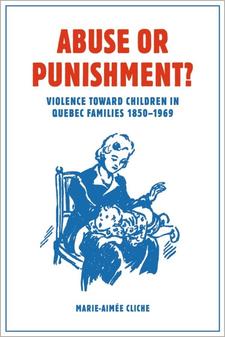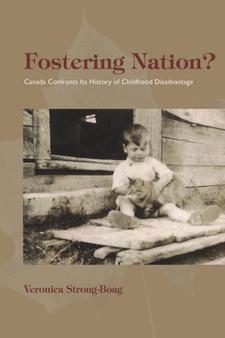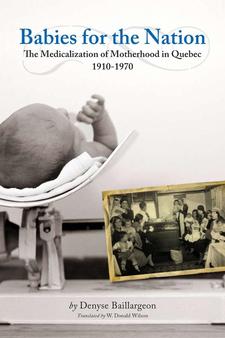Studies in Childhood and Family in Canada
Abuse or Punishment?
At one time, the use of corporal punishment by parents in child-rearing was considered normal, but in the second half of the nineteenth century this begin to change, in Quebec as well as the rest of the ...
With Children and Youth
With Children and Youth provides a snapshot of emerging theories and perspectives in the field of child and youth care across North America. Well-known scholars and researchers present new and innovative ...
A Brief History of Women in Quebec
A Brief History of Women in Quebec examines the historical experience of women of different social classes and origins (geographic, ethnic, and racial) from the period of contact between Europeans and ...
Ontario Boys
Ontario Boys explores the preoccupation with boyhood in Ontario during the immediate postwar period, 1945–1960. It argues that a traditional version of boyhood was being rejuvenated in response to a population f ...
Cold War Comforts
Cold War Comforts examines Canadian women’s efforts to protect children’s health and safety between the dropping of the first atomic bomb in Hiroshima in 1945 and the end of the Vietnam War in 1975. Amid thi ...
Fostering Nation?
Fostering Nation? Canada Confronts Its History of Childhood Disadvantage explores the missteps and the promise of a century and more of child protection efforts by Canadians and their governments. It ...
Babies for the Nation
Described by some as a “necropolis for babies,” the province of Quebec in the early twentieth century recorded infant mortality rates, particularly among French-speaking Catholics, that were among the hig ...
The One Best Way?
In recent years, breastfeeding has been prominently in the public eye in relation to debates on issues ranging from parental leave policies, work−family balance, public decency, the safety of our food s ...
Depicting Canada’s Children
Depicting Canada’s Children is a critical analysis of the visual representation of Canadian children from the seventeenth century to the present. Recognizing the importance of methodological diversity, ...
The Dominion of Youth
Adolescence, like childhood, is more than a biologically defined life stage: it is also a sociohistorical construction. The meaning and experience of adolescence are reformulated according to societal ...









